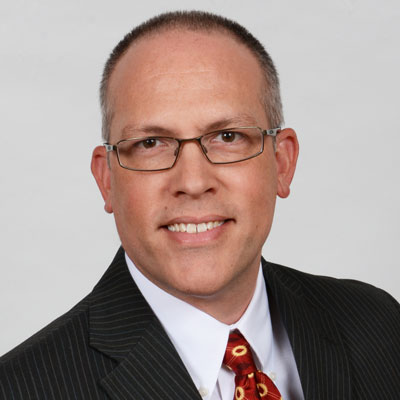
It’s always been critical for long-term care facilities to follow stringent infection control guidelines. Residents of these facilities often have compromised immune systems that lead to health conditions and living in close quarters to receive care, which presents numerous opportunities for healthcare-associated infections to spread.
The CDC estimates one to three million serious infections occur each year in nursing homes and assisted living environments despite a heightened awareness of disease transmission in these facilities.
Now, as the medical community continues to battle the coronavirus pandemic, proper disinfection is more critical than ever to protect your residents, your staff and your public reputation.
An increased focus on public health is universal these days. Infection control is on the minds of everyone — from first responders to business owners and their employees.
But nobody is more mindful about stopping the spread of pathogens than the family members who rely on your facilities to care for their loved one. They expect long-term care facilities to be knowledgeable about what it takes to prevent serious infections. And they are demanding more transparency about what you’re doing to keep your community as safe as possible. Disinfection has become not only an essential operational tool, but also an important marketing message to help preserve the trust of residents and their families.
To make the most of your cleaning efforts, make sure you staff is aware of these emerging standards:
- Recognize the difference.
The terms “cleaning,” “sanitizing” and “disinfecting” have very different implications. While long-term care operators already know the importance of cleanliness, cleaning alone does not eliminate all germs. Cleaning will wash some germs down the drain, but it will not wipe out all of them. Sanitizing goes a step further, again reducing — but not eliminating — the number of germs on a surface. Disinfecting, however, involves active ingredients that eradicate 100% of bacteria, fungi and viruses (as indicated by the label) on hard, non-porous surfaces and objects.
All three steps should be routine. Since dirt and grime can create a protective barrier for germs, a surface must be cleaned before it can be properly sanitized or disinfected. It is important to remember that sanitizing and disinfecting does not remove the need for cleaning.
- Follow on-label protocols.
When selecting products to keep your environment pathogen-free, read the product label and adhere to the product’s directions to see the most effective results. Pay attention to the toxicity levels listed and be sure the product is on the EPA’s “List N,” meaning the EPA expects it to kill SARS-CoV-2, the coronavirus that causes COVID-19. Orkin, for example, uses a powerful disinfectant to kill 100% of bacteria and viruses on hard, non-porous surfaces.
- Be proactive.
A proactive approach to keeping your facility pathogen-free can make a significant difference in not only limiting exposure and soothing concerns of residents, but also in preserving the physical and mental health of your employees by reducing their load. For example, removing unnecessary touch points from lobbies and other common areas helps relieve stress on your cleaning staff, while also eliminating surfaces where germs can multiply. Preventive measures, including effective pest management and proper disinfection practices, are even more critical now to minimize your exposure to unwanted pathogens.
By taking active measures to limit the spread of pathogens, you can reassure your residents and employees that you take their safety seriously. Measuring your facility’s disinfection standards against these guidelines shows your dedication to caregiving and helps protect the future of your business.
Glen Ramsey is a senior technical services manager for Rollins. As a board-certified entomologist, he is an acknowledged leader in the field of pest management. For more information, email [email protected] or visit www.orkincommercial.com.



